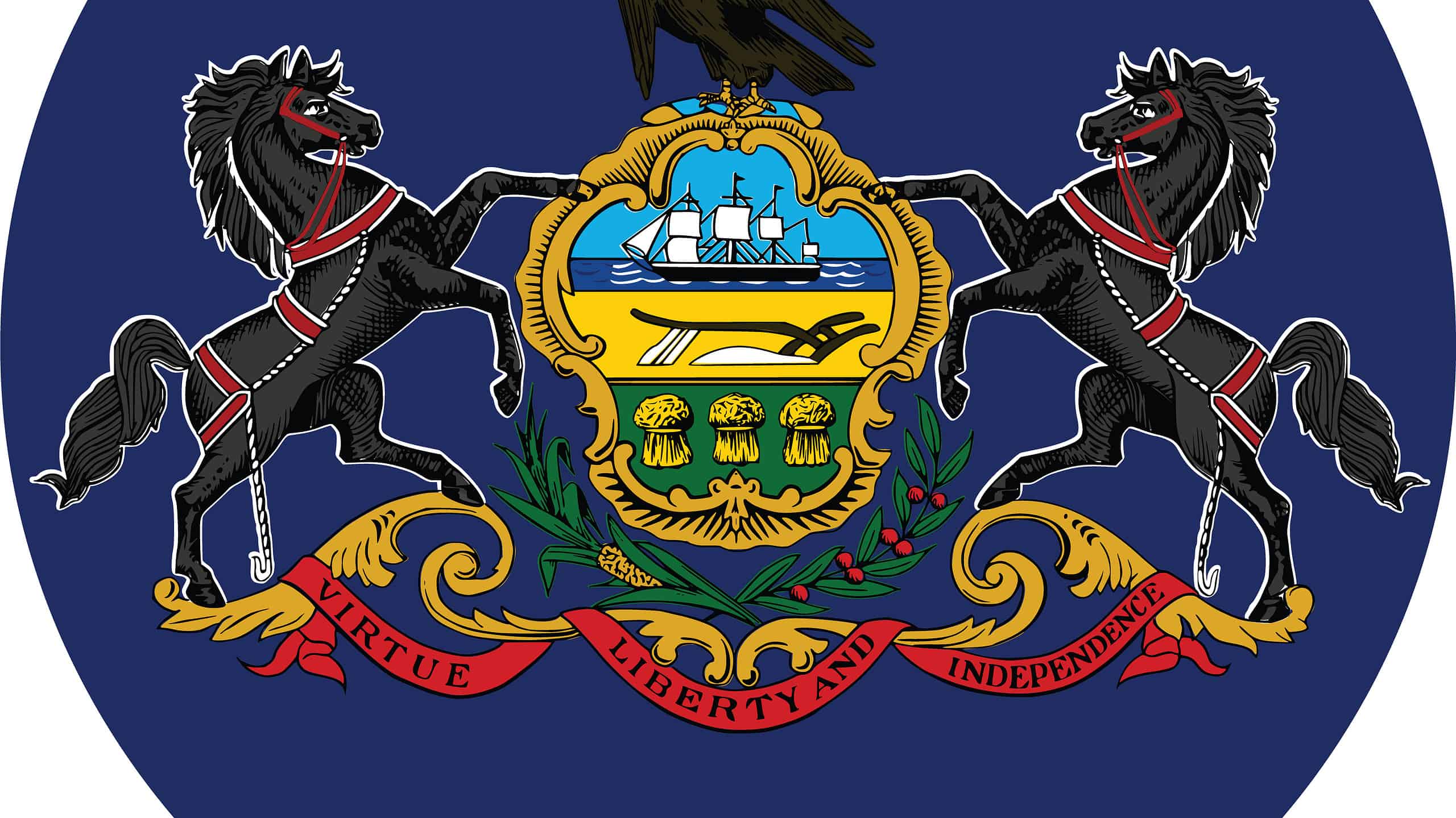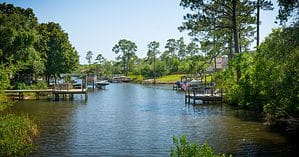Every state has its own official bird, mammal, flower, and motto. This tradition draws people together and gives them a sense of pride about where they live. Not just pride, but also affinity and affection, which is why every one of the 50 United States has its own nickname. From Alaska, “The Last Frontier”, to Wyoming, “The Cowboy State”, we have imbued our regions with a voice. Pennsylvania, a state in the lower northeast portion of the United States, goes by “The Keystone State”. When did Pennsylvania get its nickname, and what’s the history behind it? Come discover a portion of Pennsylvania’s history and get the answer to these questions and more.
A Brief History of Pennsylvania’s Statehood
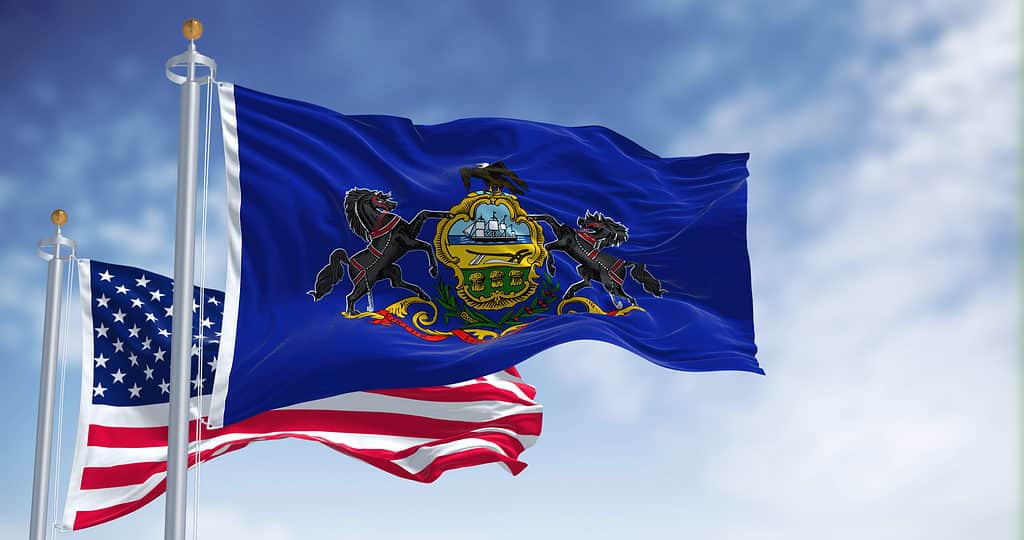
The Commonwealth of Pennsylvania is one of the original 13 colonies of the United States.
©iStock.com/rarrarorro
The Commonwealth of Pennsylvania is one of the original 13 colonies of the United States. Previous to colonization and statehood, it holds thousands of years of indigenous history. Six or more major tribes inhabited the area, including the Iroquois and Lenape tribes. The history of these peoples is rich and storied, and it dates back 15,000 years or more. Because of this, the state is home to the Meadowcroft Rockshelter – an ancient ruin that stands as one of the earliest signs of human existence and activity in all of North America. During the settler era, many of these tribes lost their homes and lives to battles and diseases brought by colonists.
The state was first colonized by the Dutch in 1643, but its role in modern American history began with William Penn, an English Quaker. When the English took control of the colony in 1667, William Penn received a royal deed from King Charles II of England. This deed repaid a debt owed to Penn’s father and allowed him to establish the state as a province, and he did so, basing it on the idea of religious tolerance. Soon, Quakers and other groups of settlers established cities, including Philadelphia – the first planned city.
Now Quakers could enjoy their religious freedoms, and settlers from other ethnic and religious groups soon followed, fleeing persecution or seeking similar freedoms. As the colonies in the province grew, so did their power. With ideal access to ports, Pennsylvania became a major hub for trading and commerce. Soon, this Capitol City became the largest city in British North America and held that title going into the American Revolution.
Numerous important events took place in Pennsylvania during and following the Revolution, including the adoption of the Declaration of Independence in 1776. On July 8th of 1776, public-elected delegates faced a new task – writing a state constitution. 11 years later, on December 12th, 1787, Pennsylvania became the first official state of the United States. Philadelphia would serve as the capital of the nation until 1800 when Washington D.C. assumed the role.
What is a Keystone?
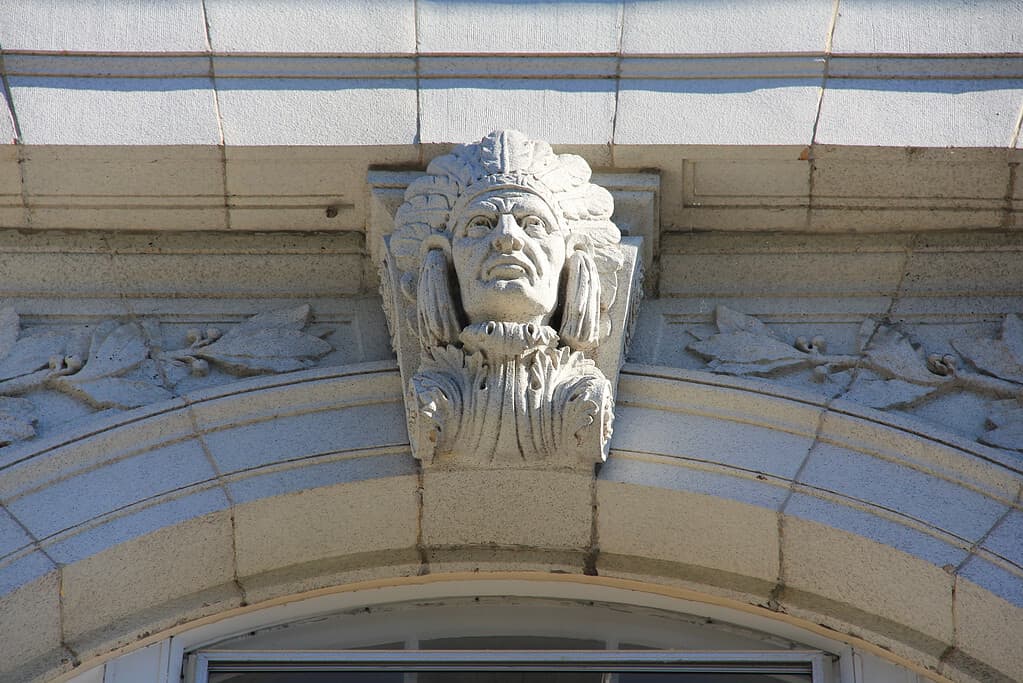
In architecture, a keystone is a central stone that holds a structure together.
©arjharris, CC BY-SA 4.0, via Wikimedia Commons – Original / License
In architecture, a keystone is a central stone that holds a structure together. Specifically, it is the wedge-shaped top stone in an arch. It doesn’t just lock the arch together, it helps distribute the weight of the stones that make up the structure. Without this piece of stone, the arch would crumble.
How Pennsylvania Became “The Keystone State”
Pennsylvania played an essential role in the development of the United States, and this influenced its nickname. Its powerful geographic location made it integral to the development of surrounding states, and its political power and thriving economy contributed deeply to the success of the freshly colonized nation.
So, Pennsylvania is “The Keystone State” because it was a keystone to the establishment and success of the United States. It also makes sense geographically – the colony rested in the middle of the 13 colonies, supporting the surrounding states. The state adopted the nickname in 1802 when President Thomas Jefferson reportedly referred to it as “the keystone of the federal union” in his victory speech.
Now, Pennsylvania uses the keystone as an official symbol of government. Every state agency in Pennsylvania uses it in its logo, and you can find representations of this on the Pennsylvania government website.
Pennsylvania State Emblems and Symbols
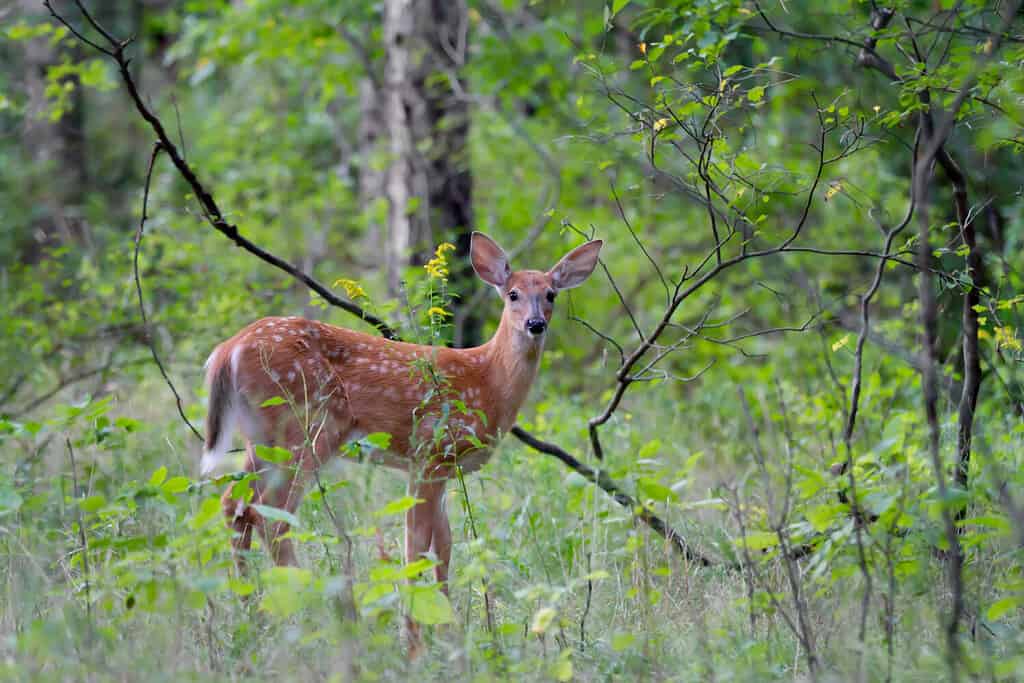
Pennsylvania’s official state animal is the white-tailed deer.
©Jim Cumming/Shutterstock.com
The Keystone State has adopted several emblems and symbols to represent itself, including the motto, “Virtue, Liberty, and Independence.” This helpful table will teach you more about the adopted official emblems and symbols of Pennsylvania.
| State Emblem or Symbol | Description | Date Adopted |
|---|---|---|
| Coat of Arms | A shield displaying representations of the state’s strengths – a ship, a plow, three sheaves of wheat, and an olive branch and cornstalk. Represents worldwide commerce, rich natural resources, an abundance of fertility in crops, knowledge in men, and peace and prosperity. | 1778 |
| State Flag | The coat of arms is displayed on a banner of blue. | 1779 |
| State Animal | White-tailed deer | 1959 |
| State Dog | Great Dane | 1965 |
| State Tree | Eastern hemlock | 1931 |
| State Flower | Mountain laurel | 1933 |
| State Insect | Firefly | 1974 |
| State Amphibian | Eastern hellbender | 2019 |
| State Bird | Ruffed grouse | 1931 |
| State Fish | Brook trout | 1970 |
| State Beverage | Milk | 1982 |
Keystones of Pennsylvania
Now that we’ve established the significance of the nickname, we’re going to focus on some notable achievements of and places in Pennsylvania. With its long and storied history, the state has a lot of notable places to visit and history to learn. We can only cover a few of these in this article, but have no doubt that there is much more to see and learn!
| Event | Date | Description |
|---|---|---|
| First American Hospital founded | 1751 | First hospital in the United States is founded in Philadelphia – the work of Dr. Thomas Bond and Benjamin Franklin. |
| First and Second Continental Congresses | 1774 and 1775 | The first two congresses of their time, resulting in the drafting and signing of the Declaration of Independence and the following Revolutionary War. |
| Gradual Abolition Act | March 1st, 1780 | Pennsylvania becomes the first state to pass legislature calling for the end of slavery through gradual emancipation. It is the second state to abolish slavery. |
| The Liberty Bell Cracks | 1846 | The Liberty Bell cracks after being run on President’s Day, ending its ringing forever. |
| The Battle of Gettysburg | 1863 | A significant battle in the Civil War, resulting in the largest number of casualties in the war. This battle marks a major turning point in the Civil War |
Now, we’ll move on to a table of notable historical figures who lived in – or were from – Pennsylvania.
| Name | Dates | Significance |
|---|---|---|
| Benjamin Franklin | 1706-1790 | Founding Father of the United States, first Postmaster General, and signer of the Declaration of Independence. |
| John Coletrane | 1926-1967 | Highly influential jazz musician, pioneer of free jazz, Jazz Hall of Fame, Grammy Lifetime Achievement Award, and Pulitzer Prize winner. |
| Andy Warhol | 1928-1987 | Famous American visual artist, developed the blotted-ink drawing technique, and was a leader of the pop-art movement. |
| Betsy Ross | 1752-1836 | Sewed the first American Flag |
| Billie Holiday | 1915-1959 | Famous jazz and swing singer, a pioneer of improvisational jazz singing, one of the most influential women in Jazz. |
Wildlife Conservation in the Keystone State
Finally, we’ll touch on some of Pennsylvania’s wildlife conservation efforts. The state has a variety of conservation programs in place, taking great strides in the effort to protect and support local fauna and flora. Let’s talk about just three of these programs.
The Wild Resource Conservation Program protects and conserves Pennsylvania’s flora and non-game fauna. Through grants and facilities, the program has developed heritage inventories that identify and protect rare species and habitats in every county of the state. It also works to identify animals most at risk during the progression of climate change. The program also participates in the reintroduction efforts to bring river otters and osprey back to the state.
The Pennsylvania Healthy Forests Reserve Program works with landowners to restore and protect the natural forests of Pennsylvania. A voluntary program, it provides easements and cost-share agreements to encourage restabilizing these forests. Further, funding from this program works to protect and preserve the shrinking critical habitats of the endangered Indiana bat (Myotis sodalis).
Pennsylvania Emergency Watershed Protection (EWP) Program is a program that helps rebuild communities and habitats in Pennsylvania previous to or following watershed disaster. This includes the harm reduction aspect of watershed protection – debris removal from streams, the protection of destabilized streambanks, and purchasing floodplain easements. The program specializes in recovery measures, but also provides some funding in emergencies.
A lot more programs like these exist in the state and across the country, and these conservation and protection efforts play a critical role in keeping our environments and wildlife habitats safe and healthy. Programs in Pennsylvania work to encourage participation from residents in a variety of ways and thus enrich the health and history of the Keystone State.
Thank you for reading! Have some feedback for us? Contact the AZ Animals editorial team.

